Traditional handmade tire sandals, also known as 'Uncle Ho's sandals', often have black feet and worn tires that make them slippery. The group has found ways to improve the sandals to make them lighter and more grippy, and has exported them to more than 60 countries.
The brand "King of tire sandals" is known thanks to artisan Pham Quang Xuan - who has spent more than 50 years recreating "Uncle Ho's sandals" used during the resistance war.
The tire sandal making business has low income, so among the 5 best workers invited to recreate the sandals at that time, only Mr. Xuan kept the business, working at 13 Nguyen Bieu, Hanoi. It was thought that the rubber sandals made from discarded tires would gradually disappear, but in 2013, his son-in-law Nguyen Tien Cuong and nephew Nguyen Hong Viet decided to continue developing it.
Mr. Xuan's successor generation did not follow the traditional way but developed the craft towards improving technology to improve the quality and design of the sandals. Initially, the tire sandals were made according to the classic model of military rubber sandals, named after the original model such as the original Uncle Ho sandals in 1947, the pair "Uncle Giap 1954 Dien Bien Phu", the Khe Sanh pair, the Liberation pair. The traditional style shoes were popular, but they had a sunken and heavy tread, making them easy to tire the feet after wearing them for a long time. "The product is regenerated from recycled materials but must be attached to the Uncle Ho sandals, requiring comfort, lightness and not blackening the feet," Mr. Viet told VnExpress about the criteria for improvement.
To do this, the groups sought to improve the rubber sandals to be both lightweight and anti-slip, switching from low to high soles to be fashionable and convenient. Unlike the recycled rubber sandals made from cheap liquidated waste tires on the market, the raw material selection is carefully selected by Mr. Viet's workshop depending on the model and style.
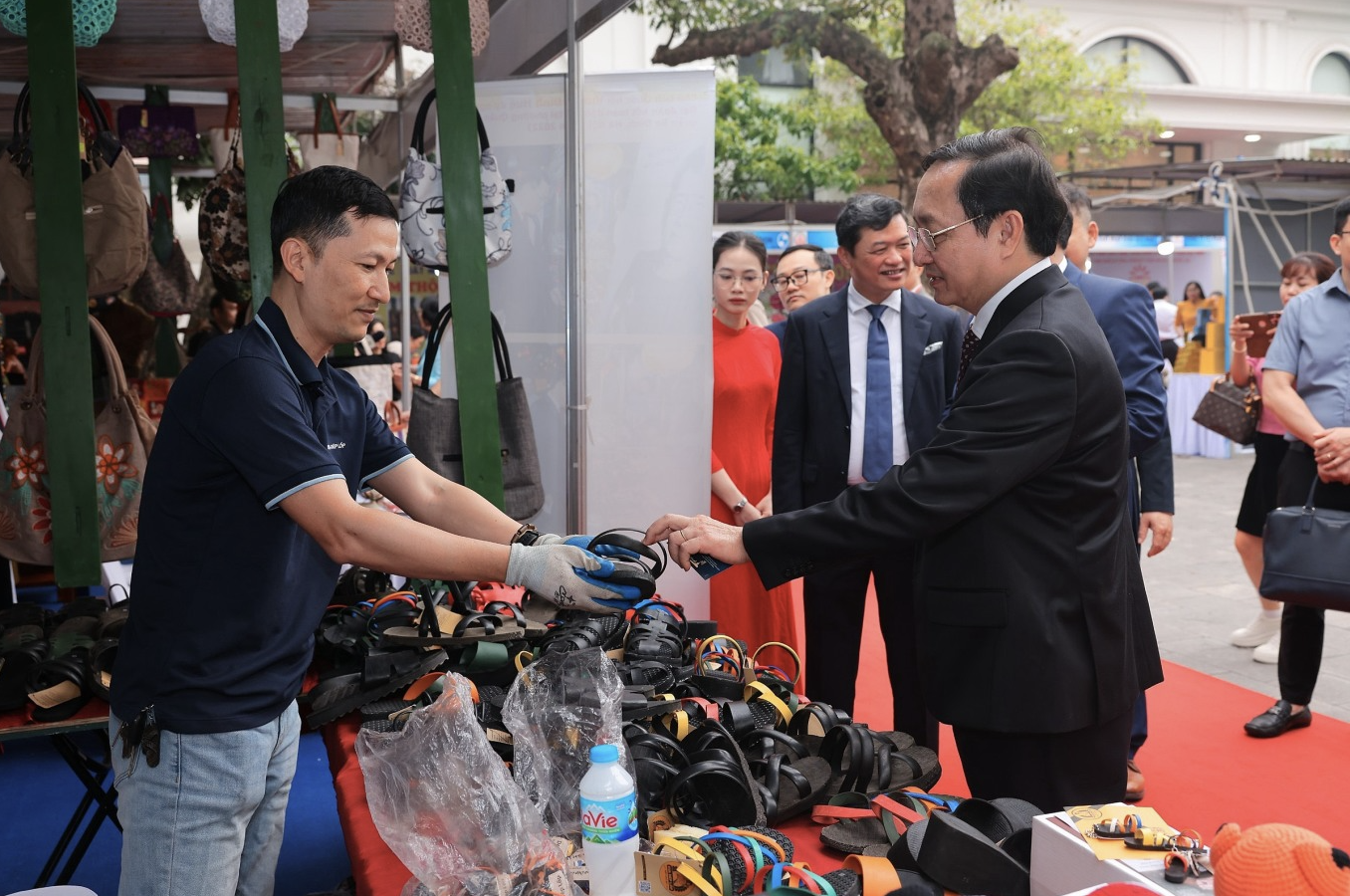
Mr. Nguyen Hong Viet shared about rubber tire sandals with Minister of Science and Technology Huynh Thanh Dat (right) at the 2024 State Management Conference on Intellectual Property held in Hanoi, March 29. Photo: TTTT
For the legendary sandal, the input material can be from small ATR 72 aircraft tires, with small treads and high curvature. Anh Viet explained that traditional handmade tire sandals have the weakness of blackening the soles, worn out tires that are slippery and painful to wear.
To improve, they researched and applied EVA technology (a type of Ethylene Vinyl Acetate Copolymer plastic material) to help create lightness, anti-slip, and grip even in slippery moss environments. EVA can be mixed with other types of plastic particles. The higher the VA density, the closer EVA is to rubber, the density and elasticity are clearly enhanced, and it is also easy to combine with other plastics. To suit customer tastes, the group also increased the height of the sandals, created a rubber plate that massages the feet for convenient long-distance travel, and coordinated fashionable colors.
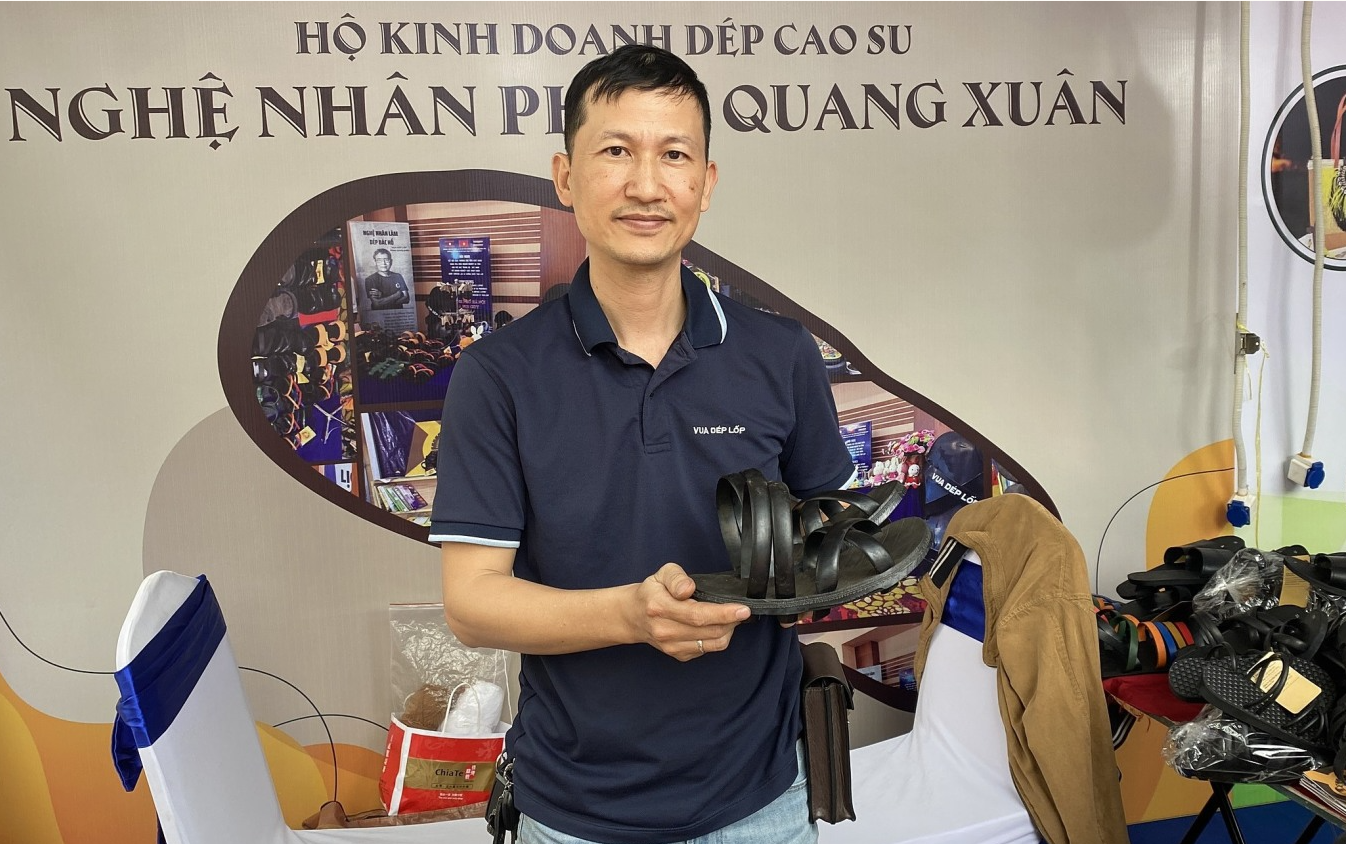
Mr. Nguyen Hong Viet introduces the legendary tire sandals. Photo: NQ
Currently, the product is priced from 250,000 - 450,000 VND/pair. Custom-ordered pairs can cost millions. Currently, King of Tire Sandals products have been sold to 60 countries (mainly through hand-carried routes), with more than 100 different models. The number of sandals sold to foreign tourists is also up to several hundred thousand pairs.
The "King of Tire Slippers" brand has also been registered for protection by artisans at the Intellectual Property Office. Mr. Viet said that in reality, it is very difficult to avoid counterfeiting and imitation, but thanks to trademark protection, customers can access products with labels, logos and certifications.
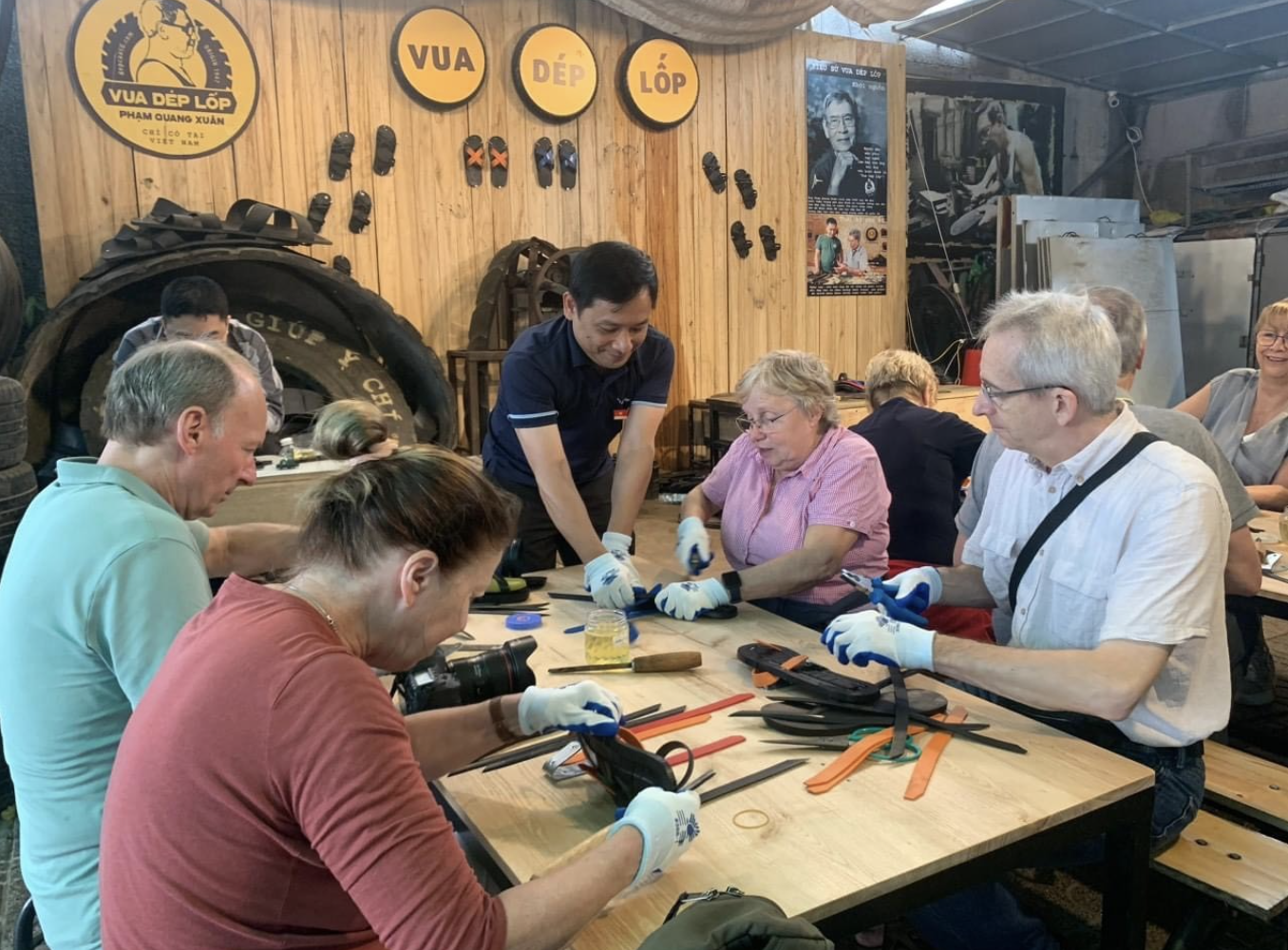
Foreign tourists experience making tire sandals under the guidance of artisans. Photo: NVCC
Not stopping at business, Mr. Cuong and Mr. Viet want tourists to come to Vietnam to have a real experience to understand more about the "legendary sandals". At the workshop in the Ho Chi Minh Museum, there are often performances of making tire sandals by artisans. Groups of 10-40 tourists can experience making a pair of Uncle Ho sandals, from measuring their own foot size, providing the sole blank to chiseling 8 straps and bringing them back to the country.
He believes that experiencing the steps of making the sandals through conveying historical approaches will help visitors understand why the sandals are so attractive and understand the meaning and story behind them. "We want to make tire sandals a typical Vietnamese product recognized by the world," said Mr. Viet.
Nhu Quynh - Vnexpress.net
Source







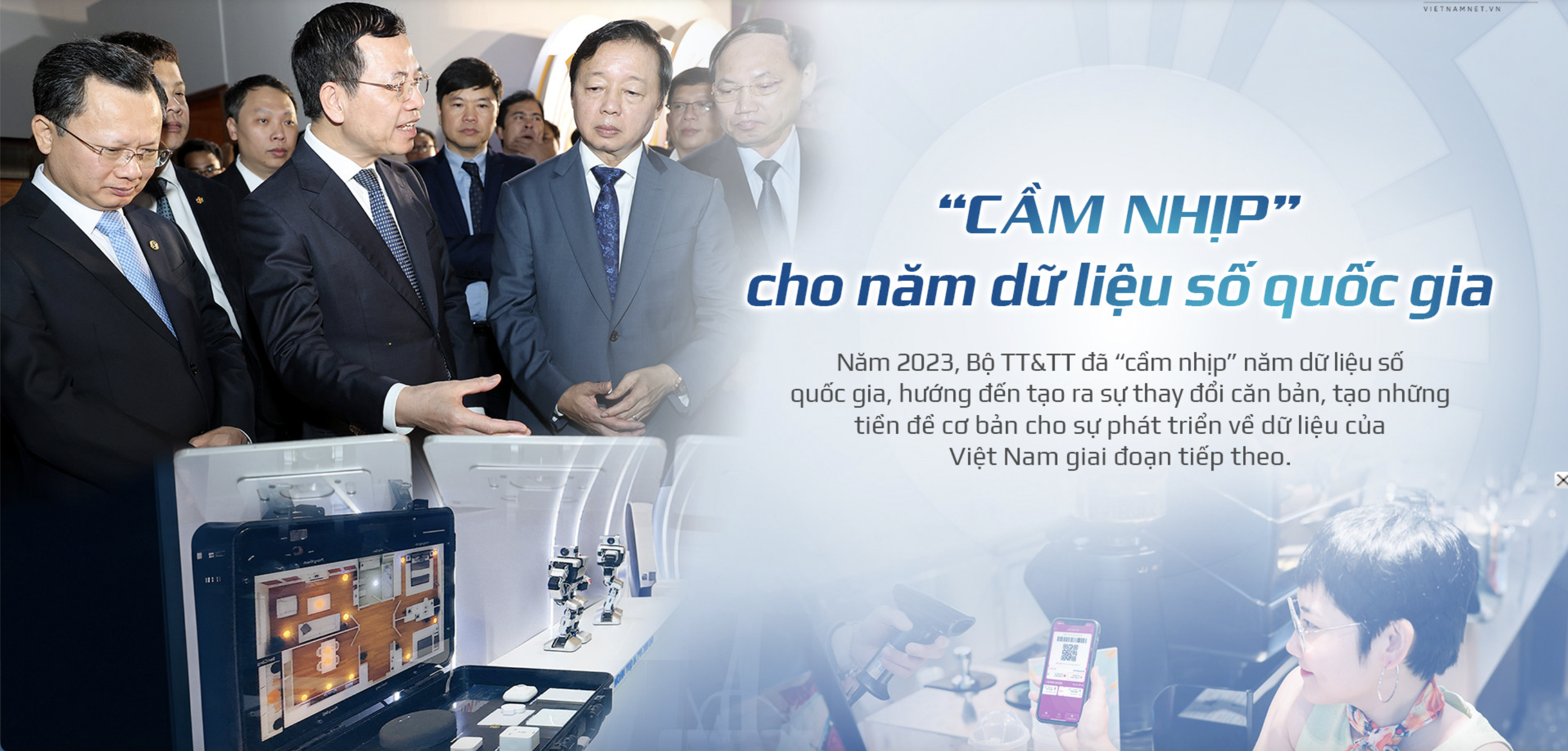















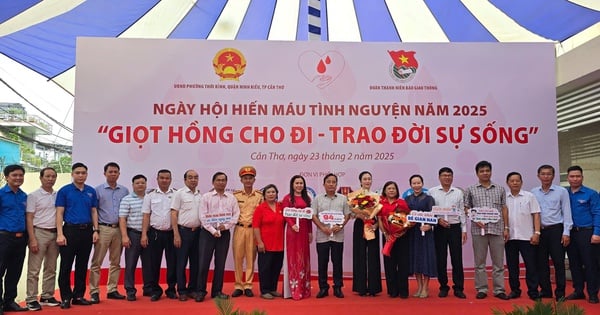



















Comment (0)